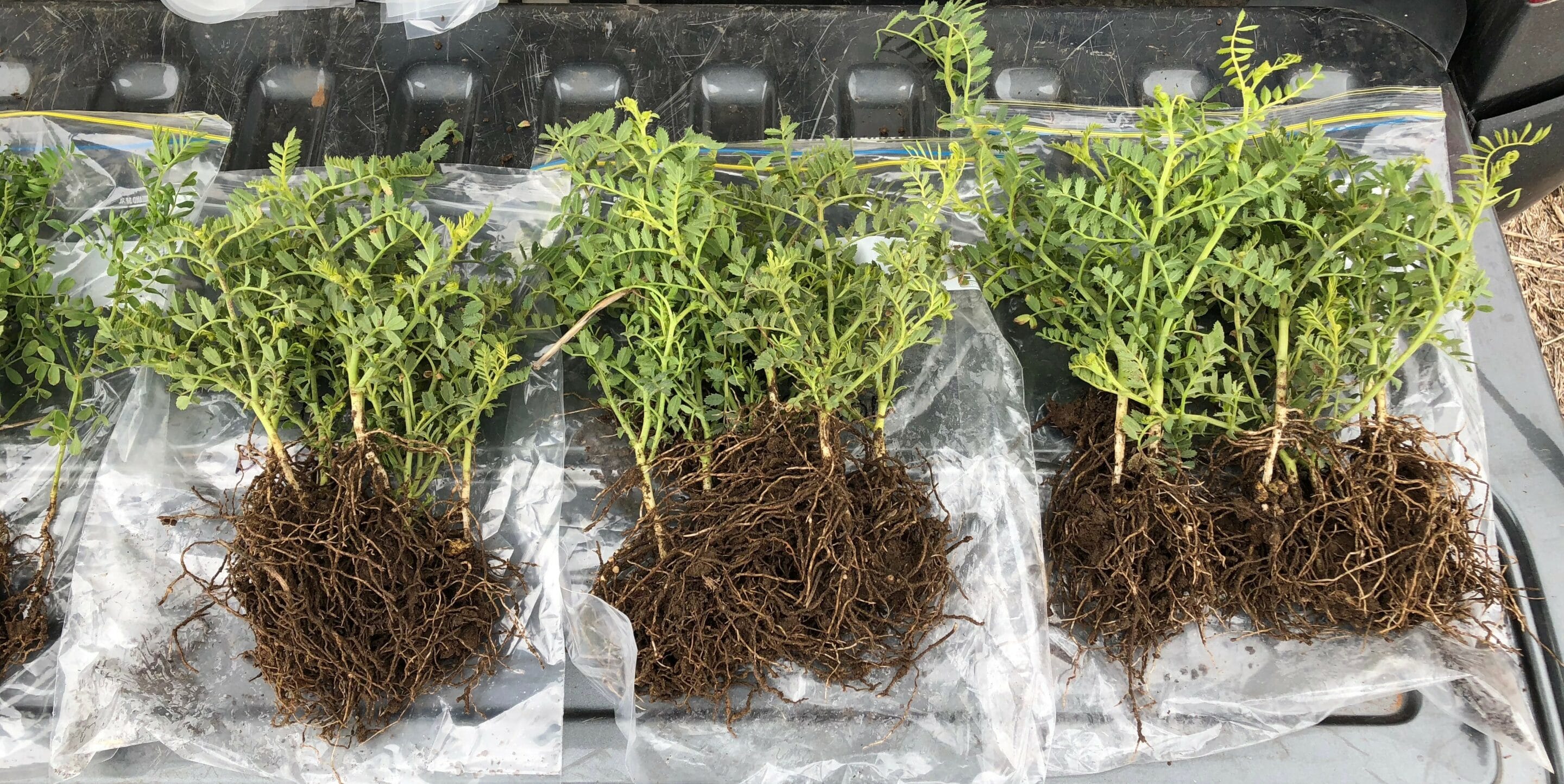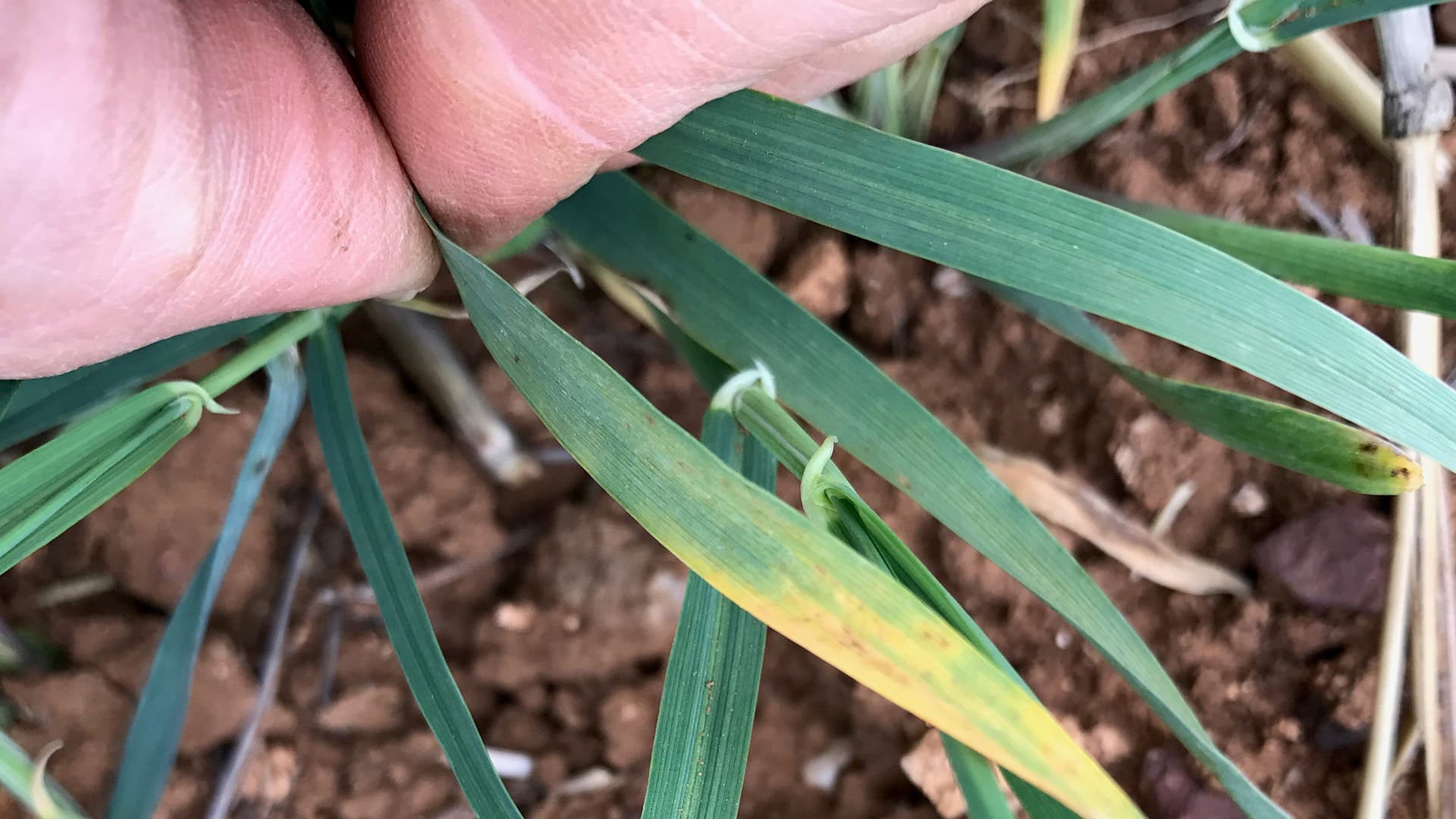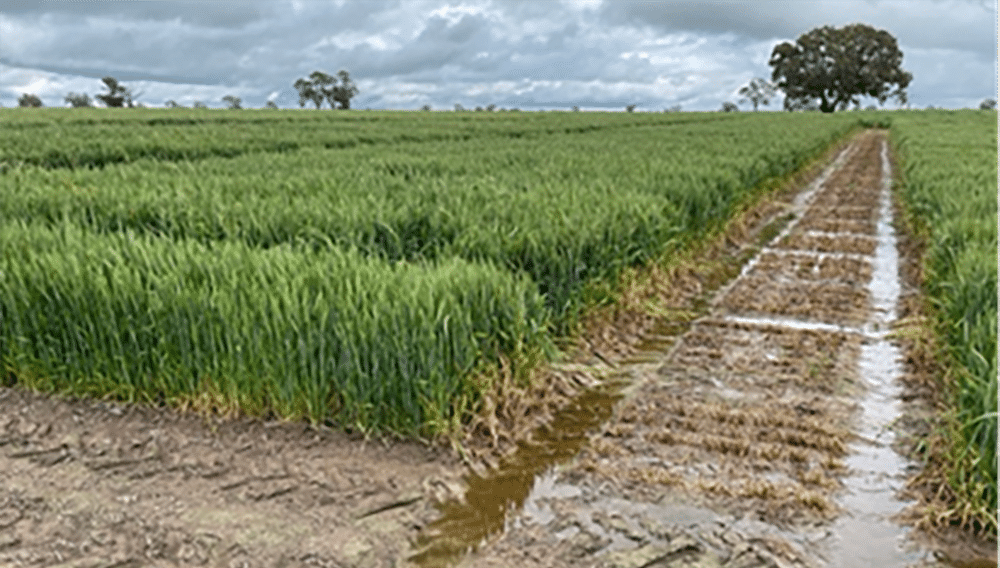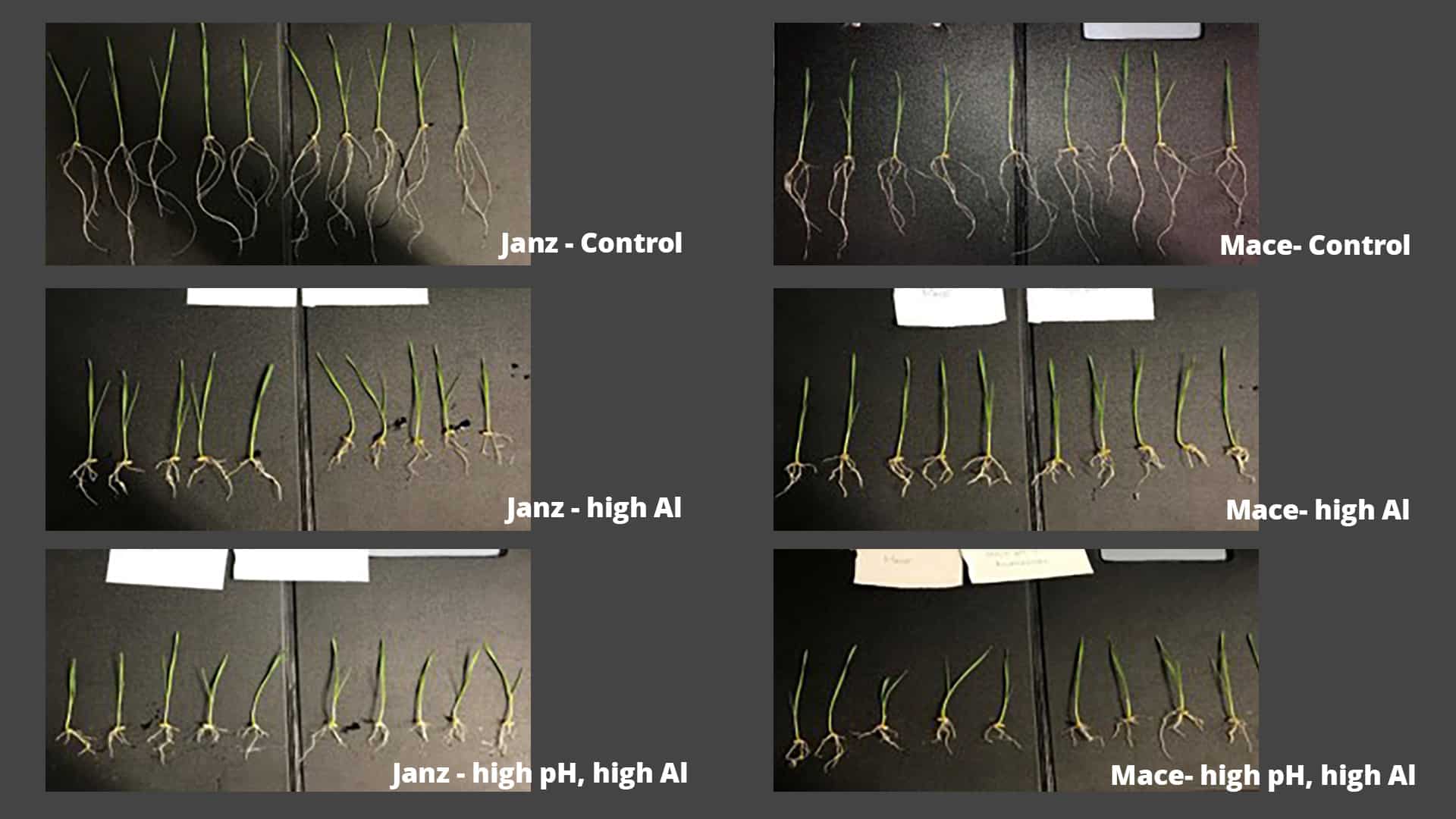START
FINISH

Summary
Growers could be missing out on the full nitrogen fixation benefits of growing pulses due to inadequate phosphorous application on certain soil types. A tendency to avoid adding too much nitrogen which would potentially affect pulse nodulation and nitrogen fixation is having an unintended side effect of low phosphorous levels in some cases.
However, this project has potentially shown that pulses require higher phosphorus rates than wheat to achieve optimal biomass production. The initial investment of increasing phosphorus rates for pulses at sowing could create a return phase over several years where extra soil nitrogen fixation occurs.
Growers need to be aware that the form of phosphorus applied could be key to obtaining the right balance of higher inputs needed for pulses while avoiding high soil nitrogen levels and residual negative effects on nodulation and fixation.
Background
The common fertiliser input practice for growing pulses on soils types prone to phosphorus deficiency is to reduce phosphorus inputs to avoid increasing soil nitrogen levels which potentially affect the nitrogen fixation process. In most cases the grower might be unaware that selected parts of their paddocks are running at P deficiency. However, there is the potential that this practice results in lower nitrogen fixation and lower yields for current and future crops.
By conducting this research, Agronomy Solutions is working towards creating an economic analysis of the benefits of increasing phosphorus rates when growing selected pulses. This work involves growing lentils, chickpeas and wheat and applying five rates of phosphorus at sowing to find the optimal input amount for crop biomass, nodulation, yield and associated nitrogen fixation rates.
Research Aims
The core objectives of the project were to:
- Determine optimal phosphorus rates for two pulse crops compared to wheat.
- Assess the flow-on effects of extra pulse biomass in regard to nitrogen fixation.
In The Field
Field trials were established on two phosphorus-deficient sites, determined by pre-growing season soil sampling, located at Brinkworth in the Mid North and at Urania on the Yorke Peninsula. Wheat (Mace), chickpeas (Genesis 090) and lentils (Hurricane XT) were sown with five different rates of phosphorus, as Pasture King, varying from 0-50 kilograms per hectare applied at sowing.
Several measurements were taken throughout the season, including a normalised difference vegetation index (NDVI) biomass assessment when wheat reached growth stage 30 or end of tillering, nodulation counts on pulses 12 weeks after sowing and grain yields at harvest. Pulse nitrogen fixation was measured via plant samples prior to harvest and a further soil test (0-10 centimetres) was conducted on all pulse plots after harvest for mineral nitrogen. Harvested grain was tested to determine the relationship between phosphorus rate and crop phosphorous uptake.
Results
In-season biomass assessments showed higher phosphorus requirements for both pulse crops when compared to wheat. This was particularly the case for lentils where the optimal phosphorus rate was approximately 50kg/ ha, compared to 26-47kg/ha for wheat.
With the increase in pulse biomass due to increasing phosphorous rates there was also an increase in nodulation numbers and nodule weight per gram of root.
Benefits from optimising pulse biomass growth occurred at phosphorus rates higher than what is considered district practice for these crops. It is important to consider that these low phosphorus sites were targeted within the paddock and associated with soil types that expressed higher phosphorous fixation capabilities. The extent of phosphorous deficiency across these paddock landscapes is currently being explored. Meanwhile, nitrogen fixation measured by natural abundance just prior to harvest was also related to measured nodule numbers, particularly for lentils.
Grain phosphorus uptake results supported early vegetative responses and confirmed the higher phosphorus requirement of both pulse crops to maximise grain uptake. Soil mineral N nitrogen assessments taken soon after harvest revealed an increasing trend of soil nitrogen with increasing rates of phosphorus applied, particularly for lentils.
The form of phosphorus applied could be key in obtaining the right balance of higher phosphorus inputs while keeping soil nitrogen levels low to ensure peak pulse performance in terms of both yield and nitrogen fixation.
Project Participants
Agronomy Solutions: Sean Mason
The Problem
Reducing phosphorous inputs when growing pulses to avoid high N supply through co-application with phosphorous blended fertilisers could be impacting pulse crop yields and the nitrogen fixation abilities.
The research
Field trials were conducted on phosphorus-deficient soils with pulse nodulation counts and yield assessed against various rates of phosphorus to find the highest gross margin scenario.
More information
Sean Mason, Agronomy Solutions
T: 08 8332 0199
E: [email protected]
Value for Growers
Findings from this work indicate pulses require higher phosphorus rates than wheat for biomass production. Applying higher phosphorus rates to pulse crops could directly correspond to greater nodulation, nitrogen fixation and yields. Work through a follow-on project is now being done to provide an economic analysis of the benefits of increasing phosphorus rates when growing selected pulses for the following crop in rotation. The work will also help communicate the potential concessions of using fertilisers containing nitrogen and phosphorus to increase phosphorus levels when considering the possibility of increased soil nitrogen suppressing pulse nodulation, fixation and yields.



